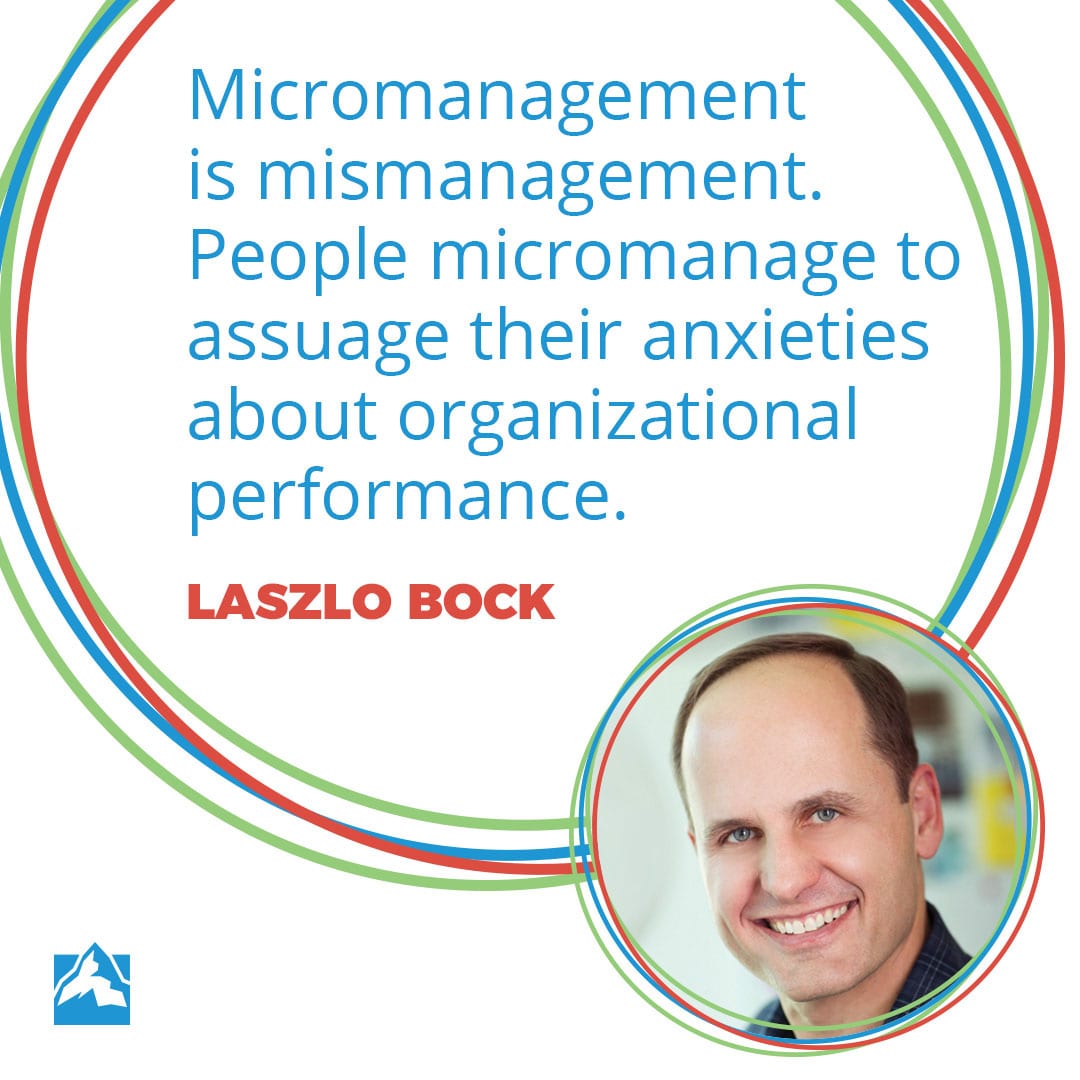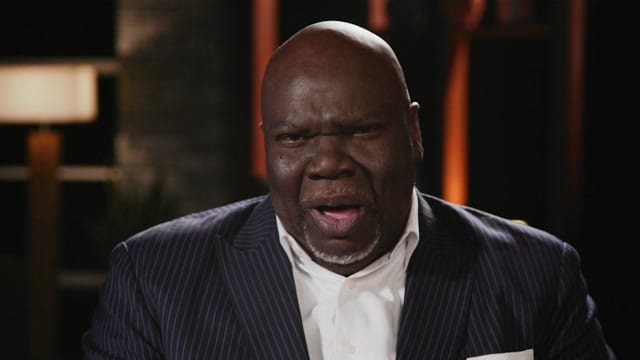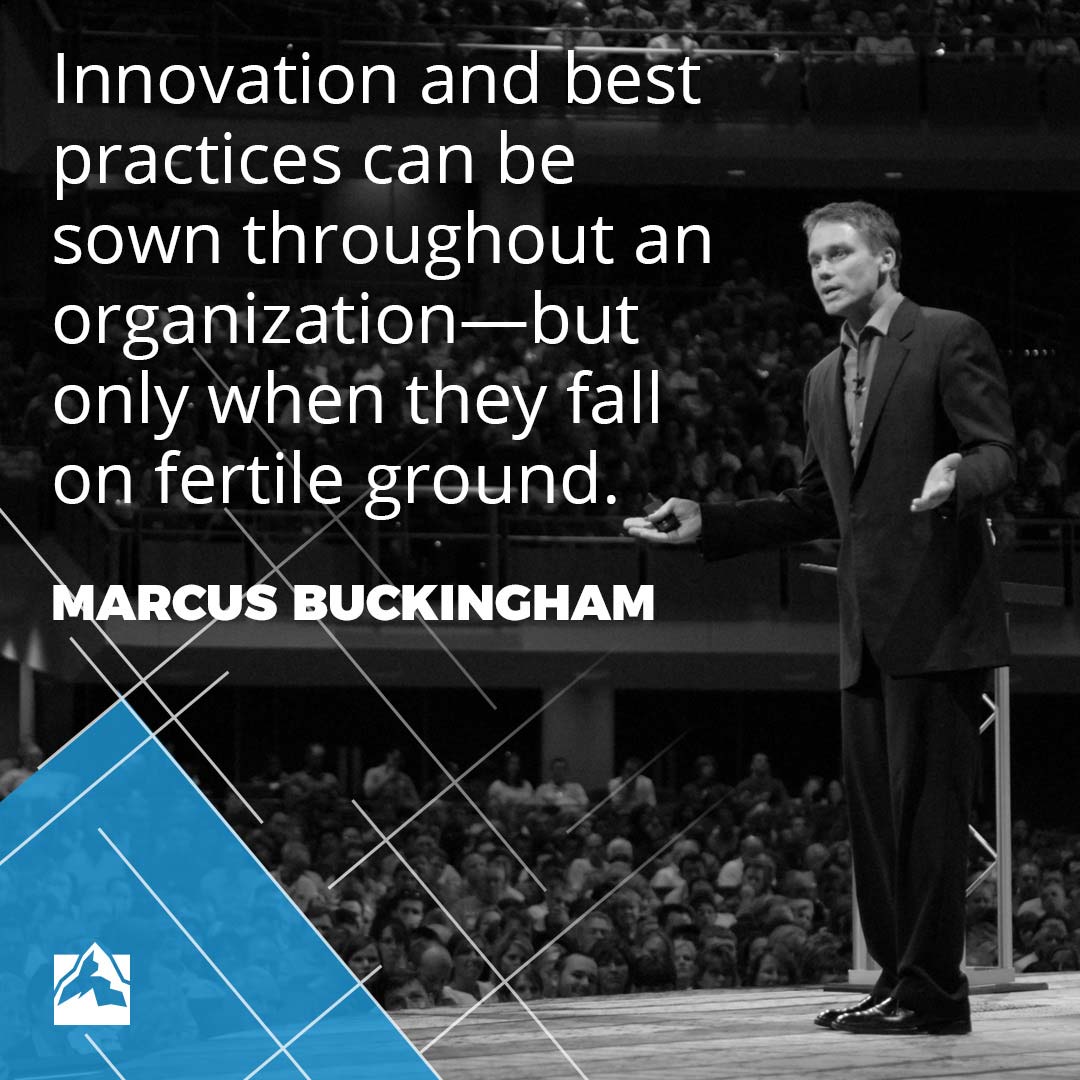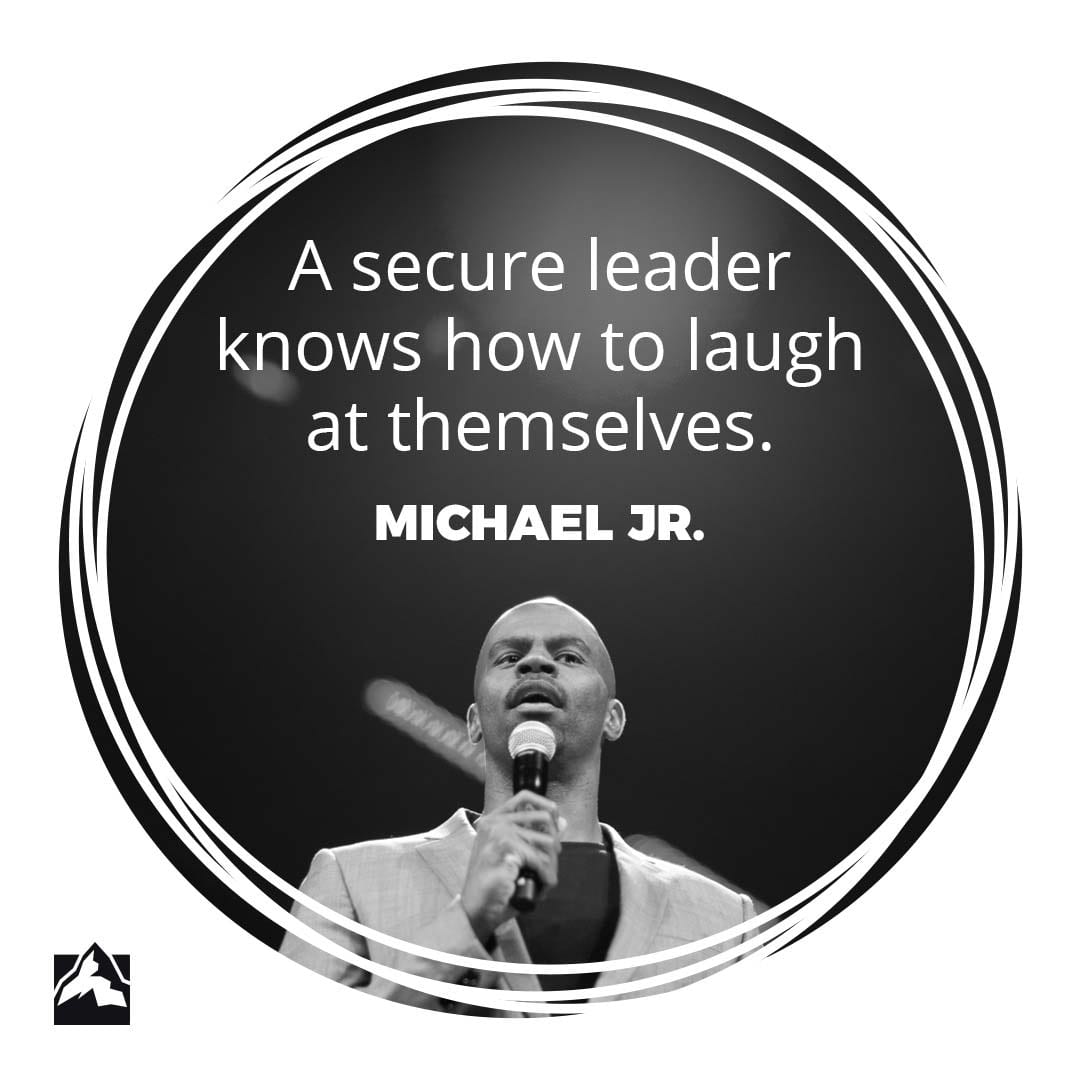
Micromanagement is mismanagement. People micromanage to assuage their anxieties about organizational performance.

Micromanagement is mismanagement. People micromanage to assuage their anxieties about organizational performance.

Bishop T.D. Jakes shares an encouraging word about why God makes us leaders and challenges us to live life to the fullest.

Bishop T.D. Jakes shares an encouraging word about why God makes us leaders and challenges us to live life to the fullest.

Innovation and best practices can be sown throughout an organization—but only when they fall on fertile ground.

A secure leader knows how to laugh at themselves.

When our grandchildren ask us where we were when the voiceless and the vulnerable in our era needed leaders of compassion and purpose, I hope we can say that we showed up, and that we showed up on time.

It’s your company’s talent review meeting and high-level leaders are gathered in the corporate board room to share their reports with executives. You’re especially interested to hear from Kyle, a regional manager whose teams have experienced increasingly poor performance reviews over the past year.
However, when Kyle stands to speak, his responses do not reflect what reports are saying.
When the CEO asks specific questions, Kyle remains vague and overly optimistic. The company executives are frustrated that Kyle seems unaware of the need for improvement when the facts indicate things are not going well.
Kyle is what I call a “painter” leader. He takes a real-life situation and filters it through his personal interpretation, creating an inaccurate depiction of the facts.
Think of the French impressionist Claude Monet, who used loose brush strokes and unconventional color schemes to depict images. While most people can identify the general setting in Monet’s artwork, the scene’s specific details require imagination to discern the perspective of the artist.
Similarly, “painters” in the workforce have a subjective view of things. Their specific perceptions, preconceived notions or pre-judgements obstruct reality. Presenting a misguided picture of the truth will undoubtedly result in failure for both leaders and their employees.
Instead of painting their own image, leaders should strive to be “photographers,” capturing the entire truth of a situation and communicating it with unfiltered honesty.
Here are three relationships in which “photographer” honesty is crucial to improvement:
Truth telling is an investment we make in relationships—whether personal or professional. It takes a lot of time and thought, and sometimes, courage. However, when done well, there is probably no investment of time that pays a greater dividend. In the earlier example, it is imperative for leaders to have an honest and open dialogue with Kyle so he can take steps to improving his team, which ultimately improves the organization as a whole.
The best leaders understand that honest communication is invaluable for ensuring continued improvement and a strong culture.
How do you practice being a photographic leader?

Thoughtful delegation will allow someone else in your organization to shine. Your weakness is someone’s opportunity.

Fred Martin, long time Global Leadership Summit attendee, was recently rated CEO of the month by C-Level Magazine. In his interview about how he leads differently, he credits The Global Leadership Summit for channeling his leadership for a purpose greater than himself. (Read the original article here.)
 Fred Martin, founder and lead portfolio manager of Disciplined Growth Investors (DGI), isn’t afraid to stand out from the crowd. He marches to the up-tempo beat of his own drum, and where Martin goes, people follow.
Fred Martin, founder and lead portfolio manager of Disciplined Growth Investors (DGI), isn’t afraid to stand out from the crowd. He marches to the up-tempo beat of his own drum, and where Martin goes, people follow.
Growing up in a small Indiana town with a father who was a stock broker, Martin squirreled away his boyhood pennies and bought his first stock at 12 years old. He went on to earn a bachelor’s degree in economics from Dartmouth College and an MBA from their esteemed Tuck School of Business, where, he said, “I remember I didn’t learn much. All I wanted was to figure out stocks.”
[…]
Martin’s genius for money management helped him grow a large and loyal community of clients, and in 1997, he boldly struck out on his own to found DGI. “I wanted to do it right,” he said. “If you’re going to have high performance stats, you can’t do it like everybody else. You do it differently, or you’ll have the same numbers. Being different is perceived as a risk in our business, but I believe it takes good investment with really good client servicing if you want to stay around long enough to work your magic.”
[…]
DGI is intrinsically different in that it has no secretaries, everyone’s work is considered equally important, and everyone’s office is the same size. (The corner office is reserved for storage.) In an environment where humility is fundamental, excellence is free to emerge organically. The company never rests on the laurels of past achievements, but is constantly monitoring its commitment to mission and purpose through surveys conducted by an outside consulting firm. And, as any good financial adviser knows, the proof is in the numbers. DGI tracks its own cultural health on a quarterly basis, and to date, the company enjoys an average employee tenure of 9.75 years; a client tenure of 10.2 years; and a holdings tenure of about 10 years.
According to Martin, success also requires purpose, and he describes DGI’s behavioral values as an unspoken currency that fuels the organization’s purpose – enriching people’s lives through long-term investing. This purpose manifests in a well-articulated culture. “We’ve spent a lot of time and effort on our culture. In our opinion, every firm has one, but the question is, does the culture help to achieve the mission of the firm or hinder it? We’re not only enriching people’s lives monetarily, but in lots of ways. Part of our culture is to serve a cause greater than ourselves. People will work twice as hard if the purpose is greater than themselves.”
Martin is adamant that once defined, culture must come from the top down, and he’s unapologetic about declaring that he learned the art of servant leadership by studying the best – Christ. “Once you say you want to have a culture, the head person has to live by it. You can’t say you want it, but it’s for the rest of you. It’s a privilege for me to lead such a great bunch of people. They don’t work for me; I work for them. With a servant-based model of leadership, I don’t distinguish between serving employees and customers. From a leadership standpoint, Christ has had an incredible effect on me and my attitude toward money. We don’t own the money – we’re just renting it from God for our lifetime. It’s about what kind of steward you are.”
Martin explains that all of this results in a state of relational health that empowers his company to help its clients “handle the vagaries of tomorrow. We’ve made more progress in down markets than up markets because of our process. We don’t waste emotional units on what we can’t control. There’s a lot we can control internally, so we focus on that.”
[…]
Inspired by his association with The Willow Creek Association and its two-day Global Leadership Summit, which regularly transforms faith, business and community leaders in 128 countries, Martin is channeling his 44 years as a professional investor into a purpose greater than himself. “Increasingly, the way clients are being treated by the industry breaks my heart. I’ve watched clients do stupid things, and I’ve watched people take advantage of them. Our industry is ranked dead last for trust. I think when you know a lot about an area, it’s your responsibility to do something about it. I want to change the world.”
[…]
This outspoken, unconventional, high-energy businessman who co-pilots the company jet and enjoys dancing long into the night with the wife he adores, is just the man to lead a good-old-fashioned, grassroots movement for change. He is a man who acts boldly and with purpose.
“I believe we can change the world together,” he said, “one person at a time.”

Your job as the CEO of the business is to be the coach. Rather than running people under the bus, you’ve got to get them on the bus with you.
“We welcome and encourage comments on this site. There may be some instances where comments will need to be edited or removed, such as:
If you have any questions on the commenting policy, please let us know at heretoserve@globalleadership.org”
Recent Comments